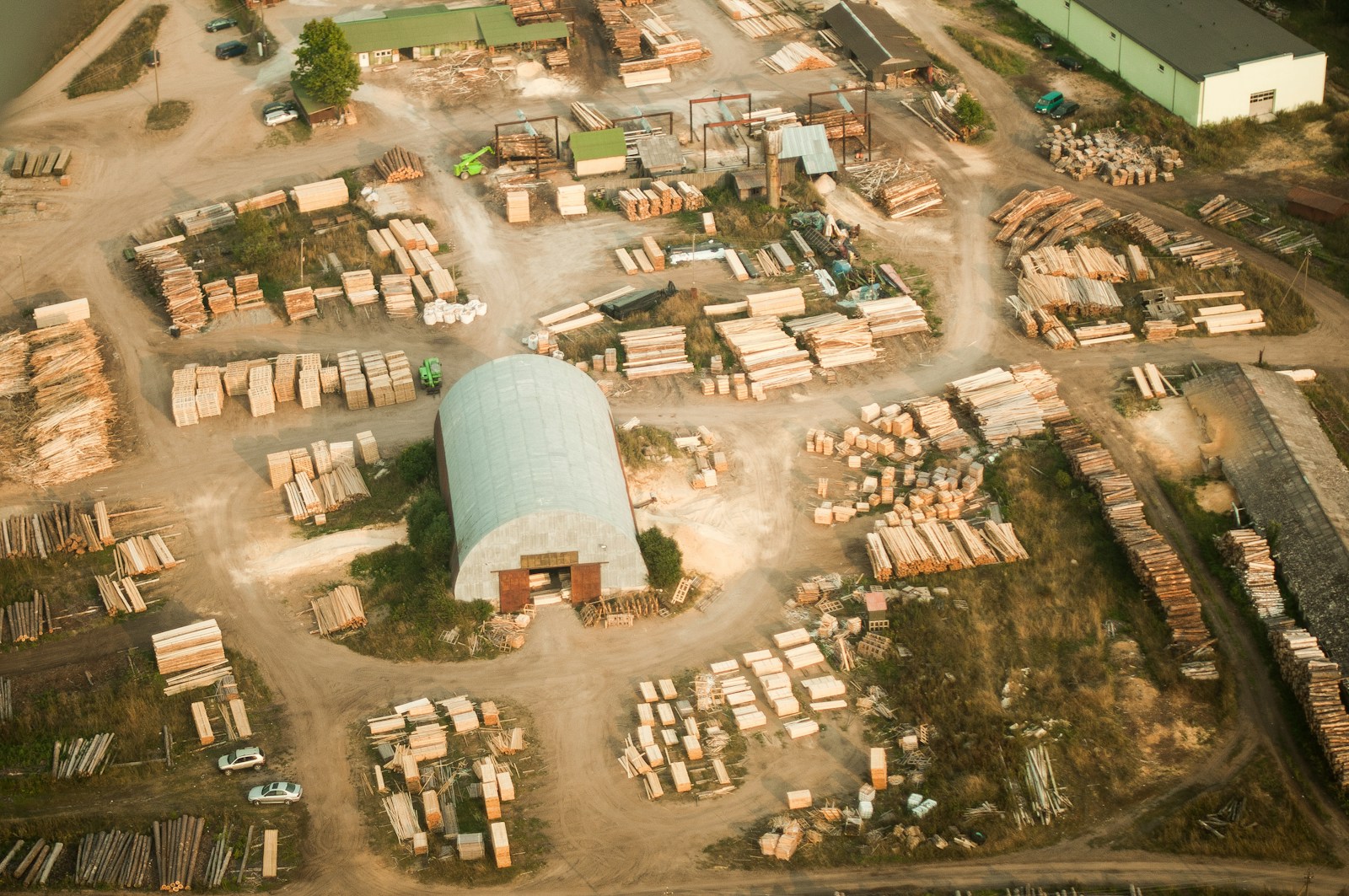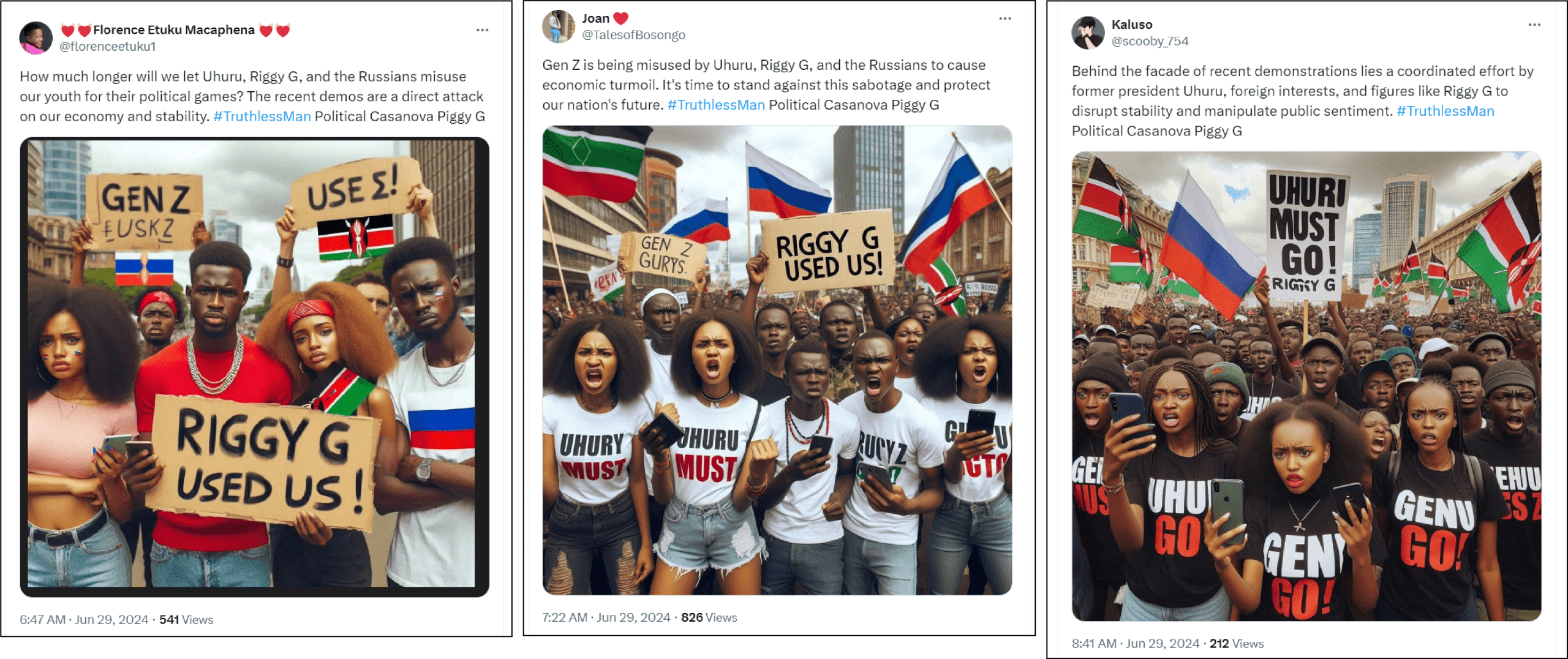Flood Victims Housing: Urgency Turns Into Action
Flood Victims Housing is no longer just a talking point in South Africa’s Eastern Cape — it’s a race against time. After weeks of devastation, families left without shelter are now at the heart of an ambitious recovery mission. This article dives into the bold steps being taken to restore lives and homes, and how this region is setting a national example for crisis response.
1. Flood Victims Housing: Government Mobilization: From Promises to Bulldozers
In a rare display of swift governance, the Eastern Cape provincial authorities have shifted gears. Emergency housing programs have moved from planning rooms into real construction sites. Bulldozers are already laying foundations, with prefabricated housing units being prioritized to provide immediate relief. This rapid mobilization is not only easing the suffering of displaced families but also restoring public faith in government responsiveness.
2. Flood Victims Housing: Community Involvement: Building With, Not Just For
One of the most transformative aspects of the Flood Victims Housing initiative is the role of the local community. Victims are not merely waiting for handouts — they’re actively participating in rebuilding. Training programs in basic construction, material handling, and safety are enabling residents to take part in building their own homes. This empowers them with ownership and skills while accelerating project completion rates.
3. Flood Victims Housing: Private Sector Partnerships: Speed Meets Scale
Recognizing the urgency, the South African government has partnered with key players from the private sector. Leading construction firms are contributing expertise and materials at reduced costs, while tech startups are deploying smart planning tools to optimize land usage. These partnerships are bridging the gap between public intent and practical delivery, dramatically improving the speed and scale of the housing response.
4. Flood Victims Housing: Sustainable Materials: Rebuilding With the Future in Mind
One of the most innovative shifts in the Flood Victims Housing effort is the use of eco-friendly materials. Bamboo panels, recycled steel, and solar-powered lighting systems are being integrated into new housing designs. These sustainable choices not only reduce long-term costs but also align with South Africa’s broader green agenda, offering both resilience and environmental responsibility in one package.
5. Local Job Creation: Housing and Hope
This emergency has sparked a surge in employment within the region. The housing drive is creating thousands of jobs for masons, electricians, transporters, and support staff. Many of these roles are filled by locals who had previously been jobless, turning a humanitarian crisis into an economic revival. For more on South Africa’s regional development efforts, check out our recent analysis of strategic growth zones in underdeveloped provinces.
6. Mental Health Support: Healing Beyond Bricks and Mortar
Building homes is only half the battle. Many flood victims are grappling with trauma, loss, and uncertainty. As part of the housing initiative, mobile mental health clinics and on-site counselors have been introduced to offer psychological support. These efforts ensure that recovery is holistic, addressing both emotional scars and physical displacement in equal measure.,
7. Speed vs. Quality: A Delicate Balancing Act
While the urgency to deliver homes quickly is understandable, the authorities are walking a fine line between speed and structural quality. Past emergency housing efforts in other provinces have been marred by poorly built units and corruption scandals. Learning from those mistakes, strict monitoring protocols and third-party inspections have been embedded into every phase of the Eastern Cape initiative. The aim is clear: homes that are not only fast to build but safe and durable for decades to come.
8. Climate Resilience: Designing for Tomorrow’s Disasters
The Eastern Cape isn’t just rebuilding — it’s preparing for what’s next. Housing units are being designed with elevated foundations, reinforced walls, and drainage systems that can withstand future floods. These climate-resilient features reflect a shift in disaster response: from reactive to proactive. Experts from the United Nations Environment Programme (UNEP) have praised such forward-thinking models as essential for vulnerable regions worldwide.
9. Transparency and Public Trust: Reporting Every Brick
To prevent misuse of funds and maintain public confidence, the government has launched a public dashboard detailing project expenditures, timelines, and housing unit counts. Citizens can access real-time updates and report inconsistencies directly. This open-data approach is redefining how disaster recovery is communicated — transforming skepticism into a new level of civic engagement and trust. The hope is that this transparency model can serve as a template for future national projects.
10. Youth Engagement: A Generation Rebuilding Its Future
Young people across the Eastern Cape are stepping up to become active agents in the recovery process. Local universities and technical institutes have launched volunteer programs and internships linked directly to the housing reconstruction efforts. Engineering students are helping with structural designs, while media students document stories of resilience for awareness campaigns. This surge in youth participation adds energy, creativity, and long-term ownership to the mission. It also plants the seeds for a civic-minded generation ready to lead the future of disaster response in South Africa.
11. Mobile Housing Units: Flexibility on the Frontlines
Flood Victims Housing strategies are evolving to include mobile and modular housing units for areas still at risk or hard to reach. These prefabricated shelters can be deployed quickly and relocated as needed, providing a flexible solution for emergency settlements. Especially in rural or flood-prone zones, these mobile homes serve as lifelines, offering temporary safety without the long delays of permanent construction. The idea is simple but powerful: meet the people where they are, rather than waiting to move them to recovery hubs.
12. International Aid and Strategic Alignment
While South Africa leads the charge, several international donors and organizations have begun aligning their support with the Flood Victims Housing blueprint. Funding from global climate adaptation funds, such as the Green Climate Fund, is being discussed to scale up the initiative. This support not only brings in much-needed resources but also enhances the credibility and visibility of the Eastern Cape’s model, potentially inspiring similar efforts across Africa and beyond.
13. Technology and Data: Smarter Disaster Management
Digital tools are reshaping how the housing crisis is managed. Satellite mapping, drone surveys, and AI-based damage assessments are allowing teams to make data-driven decisions. For instance, heat maps of flood impact zones are helping prioritize which communities need housing first. These technologies not only speed up processes but ensure that Flood Victims Housing reaches those in the most critical need without duplication or delay.
14. Gender-Sensitive Reconstruction: Homes That Empower
One progressive aspect of the housing strategy is its focus on gender. Women-led households, often disproportionately affected by displacement, are being prioritized for housing support. Housing units are being designed with features that enhance safety and privacy, such as secured entryways and sanitation blocks with proper lighting. These gender-sensitive measures ensure that recovery is not just fast but fair, acknowledging the unique challenges faced by different members of society.
15. Lessons for the Future: A National Blueprint in the Making
What started as an emergency response in one province is quickly becoming a case study in effective disaster recovery. Experts are compiling data, community feedback, and policy outcomes to draft a national blueprint for future disasters. The hope is that the success of the Flood Victims Housing initiative in Eastern Cape will serve as a model for provinces across the country, creating a new standard for preparedness and response in South Africa’s governance framework.
Conclusion: From Ruin to Resilience
Flood Victims Housing initiatives in South Africa’s Eastern Cape offer more than shelter — they offer hope. With coordinated government action, empowered communities, private partnerships, and forward-thinking design, a new path is being carved out of tragedy. The road ahead is still long, but what’s being built today is far more than homes — it’s a future anchored in resilience, dignity, and collective strength. This is not just rebuilding — it’s redefining recovery.




